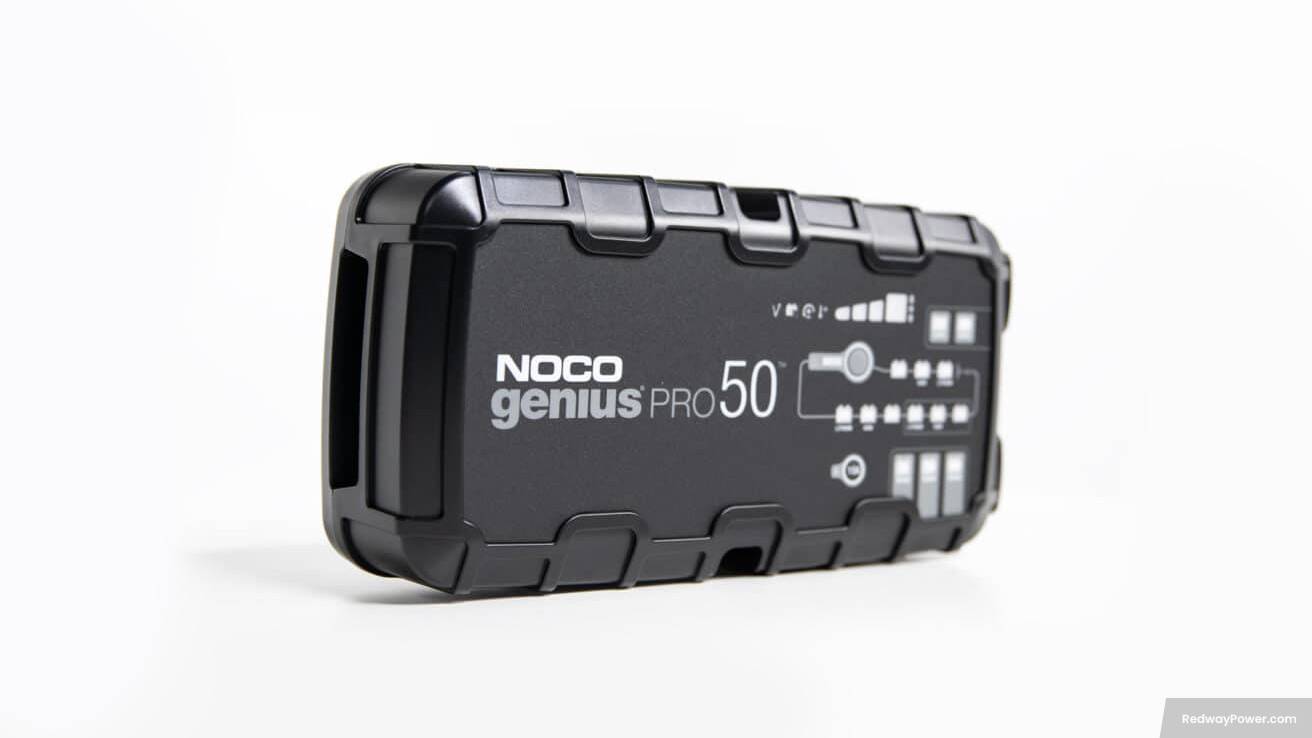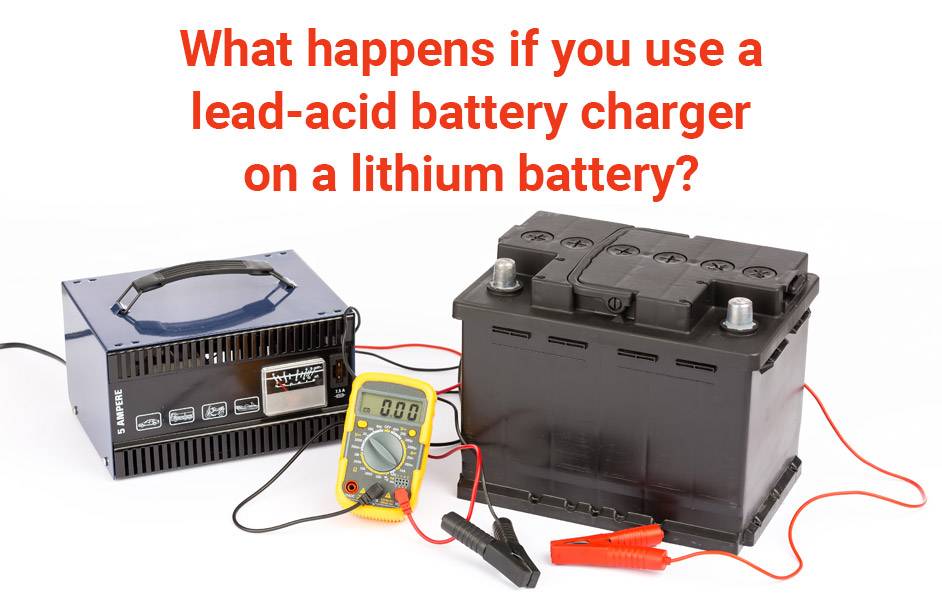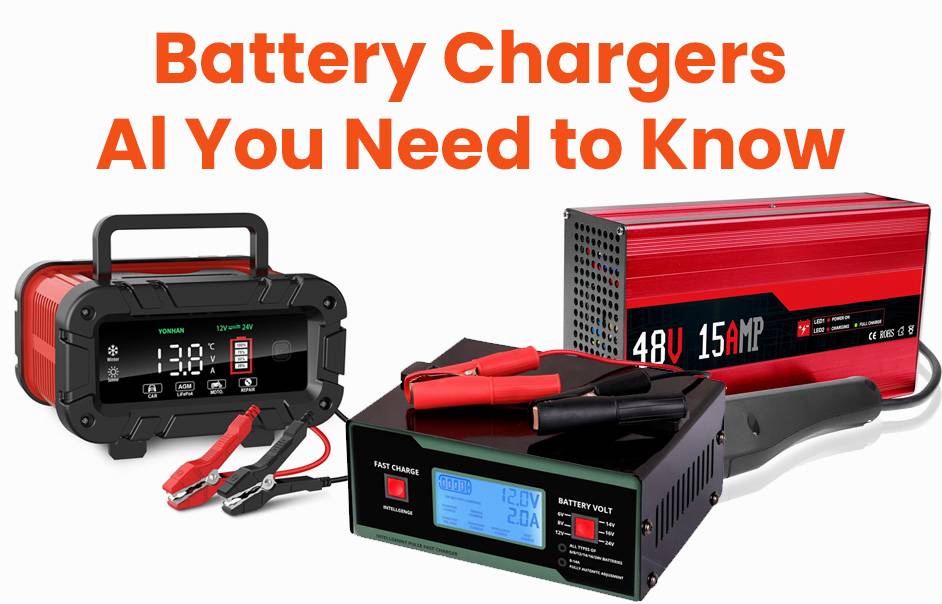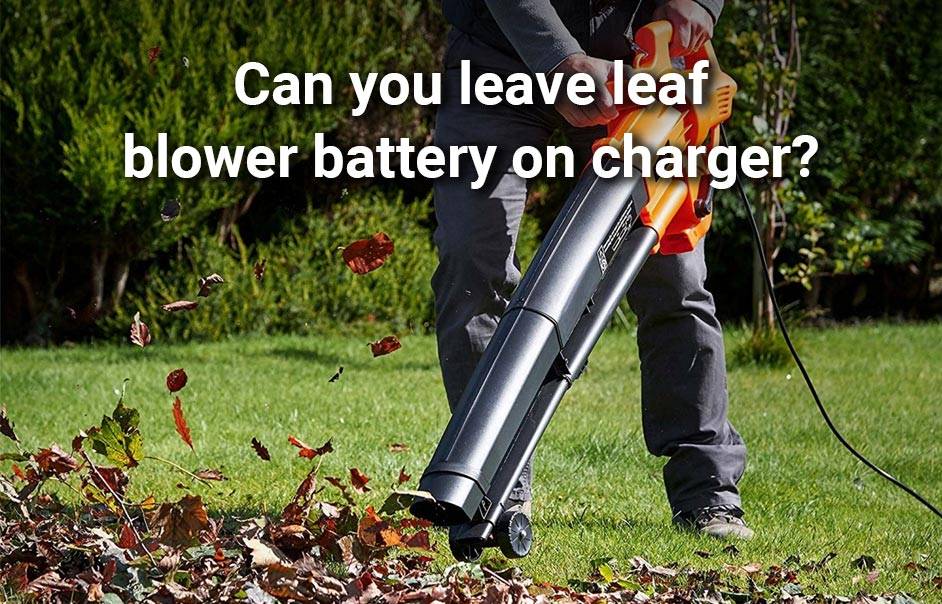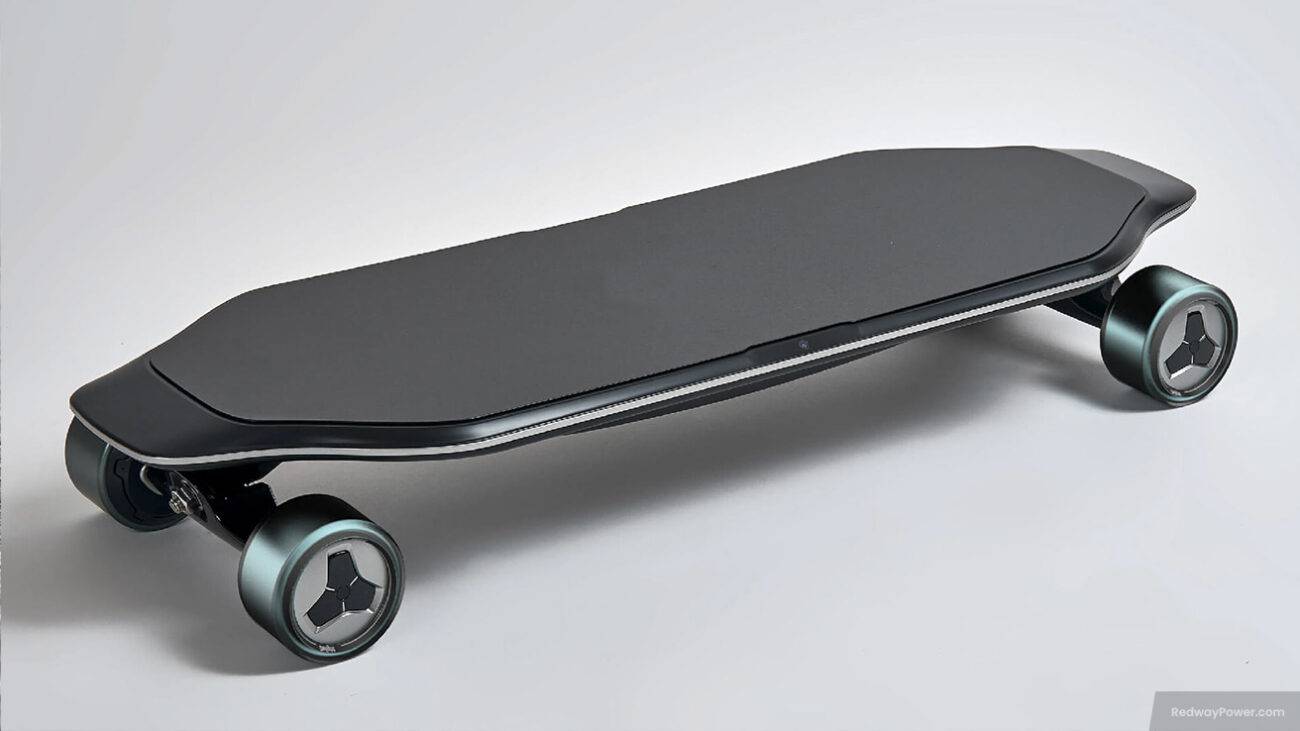Tired of running out of battery power? Choosing the right battery charger is crucial, whether for your smartphone, laptop, or car. In this guide, we’ll help you navigate the options, understand types, consider factors, and explore popular brands. Sit back, relax, and let us shed light on this electrifying topic to make an informed decision!
Understanding the Different Types of Battery Chargers
Battery chargers vary in types, each serving specific purposes. Understand these options to choose the one that best suits your needs:
- Trickle Charger:
- Ideal for maintaining battery levels over an extended period.
- Prevents deep discharge and is excellent for regular maintenance.
- Fast Charger:
- Provides higher charging currents for quick device power-up.
- Note that fast charging may impact overall battery lifespan.
- Portable/Travel Charger:
- Compact, lightweight chargers perfect for on-the-go use.
- Convenient companions during trips or outdoor activities.
- Specialized Chargers:
- Tailored for specific devices with unique battery designs.
- Electric vehicles use dedicated EV chargers capable of handling high voltage and current outputs.
- Solar-Powered Charger:
- Eco-friendly chargers harness solar energy for recharging batteries.
- Ideal for remote locations where sunlight is available.
Understanding these charger types empowers you to make informed decisions, ensuring efficient and effective charging for your devices. Whether it’s for maintenance or life on-the-go, find the charger that meets your requirements.
Factors to Consider When Choosing a Battery Charger
Choosing the right battery charger involves considering key factors. Here’s a concise guide to help you make an informed decision:
- Battery Type Compatibility:
- Different chargers suit specific battery types (lead-acid, lithium-ion, nickel-metal hydride).
- Ensure your charger aligns with the batteries you use for optimal performance.
- Charging Speed:
- Fast chargers for quick charging or slower options for gentle, battery-friendly charging.
- Select based on your specific speed requirements.
- Charger Capacity:
- Choose a charger that accommodates the size and quantity of your batteries.
- Avoid overloading to prevent inefficiency or potential battery damage.
- Safety Features:
- Prioritize chargers with built-in protections against overcharging, overheating, and short circuits.
- Enhances safety and extends battery lifespan.
- Convenience and Portability:
- Consider user-friendly features like intuitive interfaces, LCD screens, or indicators for monitoring.
- Opt for a compact and lightweight charger for on-the-go convenience during travel or outdoor activities.
By keeping these factors in mind, you can confidently select a battery charger tailored to your specific needs.
Popular Brands and Their Features
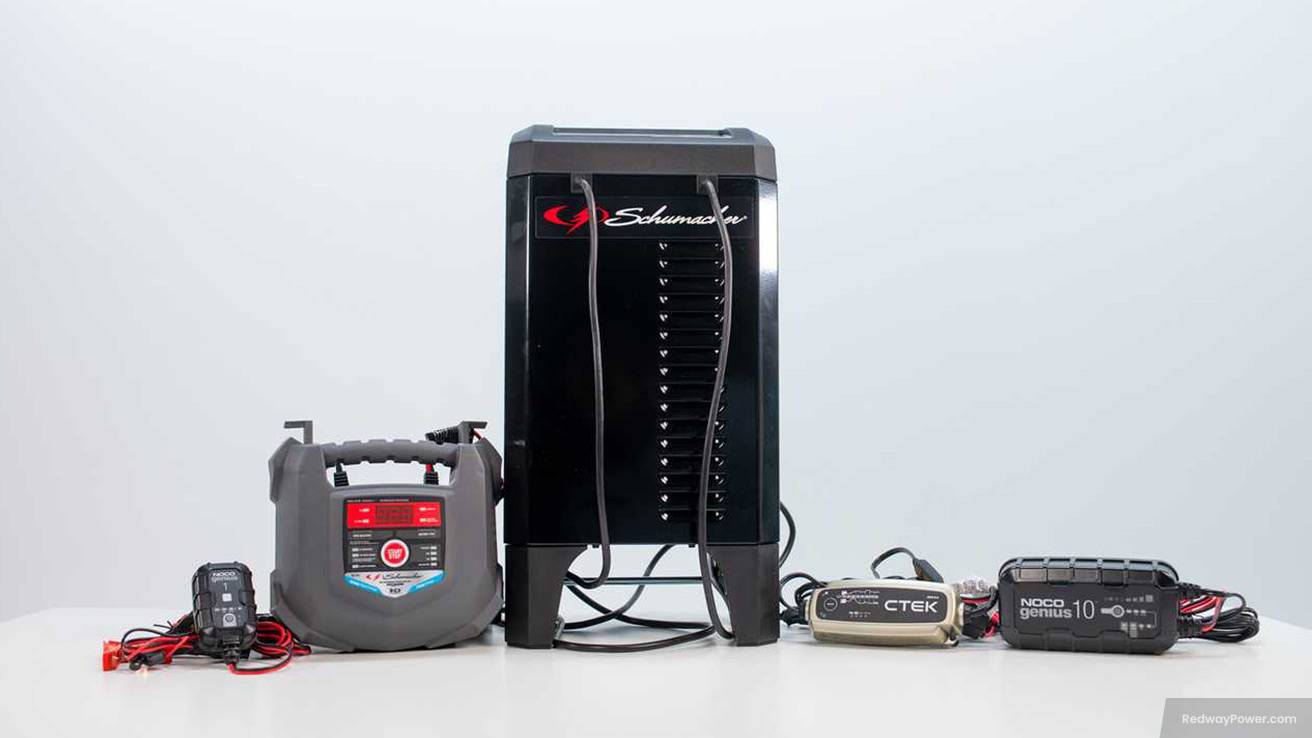
Choosing a reliable battery charger often starts with exploring reputable brands. Here’s a concise overview of popular brands and their standout features:
- NOCO Genius:
- Advanced technology with multi-stage charging for optimum battery performance.
- Safety features like spark-proof connections and reverse polarity protection.
- Battery Tender:
- Compact and user-friendly design focused on maintaining optimal battery health.
- Smart microprocessor technology adjusts charging rates based on battery needs.
- Clore Automotive:
- High-quality chargers with automatic voltage detection for compatibility.
- Built-in diagnostics to detect potential battery or charging system issues.
- Schumacher Electric Corporation:
- Established brand offering chargers for various applications (motorcycles, cars, boats).
- Multiple charging modes and digital displays for easy charge status monitoring.
- Optima Batteries:
- Reliable chargers with an intuitive design for selecting specific charging profiles.
- Suitable for various battery types, including standard flooded, AGM, or deep-cycle batteries.
These brands are known for their quality chargers equipped with features catering to diverse user needs.
Tips for Maintaining and Prolonging Battery Life
Ensuring the longevity and optimal performance of your batteries involves following key maintenance tips. Let’s explore these simple yet effective practices:
- Read Manufacturer’s Instructions:
- Always carefully read and adhere to the manufacturer’s instructions for your battery charger.
- Specific guidelines provided are crucial for proper and safe usage.
- Regularly Clean Terminals:
- Clean battery terminals to prevent dirt and corrosion, ensuring optimal conductivity.
- Use a mixture of baking soda and water or a specialized terminal cleaner for effective cleaning.
- Avoid Overcharging:
- Be cautious not to overcharge your battery, as it can decrease overall lifespan.
- Modern chargers often have built-in safeguards, but monitoring charging times is a good practice.
- Prevent Full Discharges:
- Lithium-ion batteries perform better when kept at higher charge levels, avoiding complete discharge.
- Regularly recharge your battery before it reaches a fully depleted state.
- Proper Storage:
- Store batteries in a cool, dry place away from direct sunlight or extreme temperatures.
- Proper storage conditions contribute to prolonging the life span of your batteries.
By incorporating these maintenance tips into your battery care routine, you can extend their lifespan and ensure consistent performance when needed.
Common Mistakes to Avoid When Using a Battery Charger
Using a battery charger effectively involves steering clear of common mistakes that can impact battery performance. Let’s explore these pitfalls to ensure optimal usage:
- Avoid Overcharging:
- Resist the temptation to overcharge batteries, as it can significantly reduce their lifespan.
- Adhere to manufacturer-recommended charging times to prevent unnecessary wear and tear.
- Use the Right Charger:
- Choose a charger specifically designed for your battery type to ensure compatibility.
- Using an incompatible charger may lead to reduced performance or damage.
- Avoid Mixing Batteries:
- Refrain from charging different battery types or capacities together to prevent uneven charging.
- Charging batteries with distinct specifications simultaneously can result in potential damage.
- Prioritize Maintenance:
- Keep battery contacts clean to ensure optimal connectivity and efficient charging.
- Regular maintenance practices contribute to consistent performance and prolonged battery life.
- Unplug After Charging:
- Unplug the charger once batteries are fully charged to minimize the risk of power surges or electrical issues.
- Leaving the charger plugged in unnecessarily poses potential risks and is unnecessary.
By steering clear of these common mistakes, you can enhance battery longevity and performance while using a battery charger.
Budget-Friendly Options for Every Need
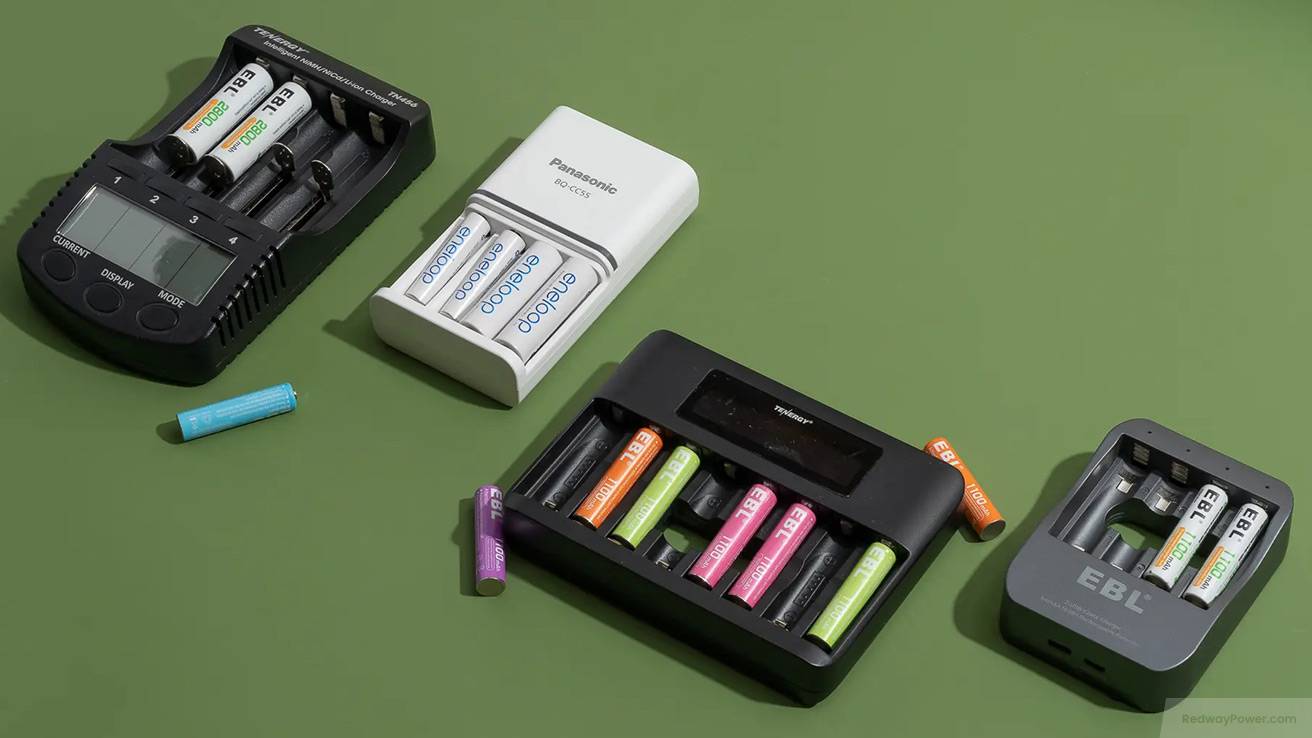
Discovering budget-friendly battery chargers tailored to your needs is easier than ever. Whether for your car, smartphone, or various electronic devices, explore these reliable and cost-effective options that won’t strain your budget:
- AmazonBasics Battery Charger:
- A popular and economical choice offering fast charging for AA and AAA batteries.
- Features a sleek design and user-friendly interface, making it ideal for budget-conscious consumers.
- EBL Smart Battery Charger:
- Compatible with Ni-MH AA/AAA batteries and 9V rechargeable batteries.
- Incorporates intelligent charging technology, adjusting charging currents based on battery status for efficient charging.
- Nitecore D2 Digital Battery Charger:
- A compact and portable solution perfect for travel or outdoor activities.
- Supports various battery types and includes an LCD screen for real-time information on voltage and charging progress.
- Tenergy TN438 16 Bay AA AAA Smart Battery Charger:
- A versatile charger capable of simultaneously charging up to 16 batteries.
- Combines high capacity with safety features, ensuring efficient and safe charging for multiple devices.
Before making a purchase, conduct thorough research by reading reviews and comparing features to find the best budget-friendly battery charger that aligns with your requirements. With these affordable options, you can ensure quality performance without compromising your budget.
FAQs
Why should AGM or GEL batteries not undergo equalize charging?
AGM or GEL batteries should not undergo equalize charging because it is a process designed for flooded lead-acid batteries, not for these types of batteries. Equalizing charging involves an “over voltage-over charge” method specifically intended for flooded lead-acid batteries to address issues like acid stratification and sulfation. AGM and GEL batteries operate differently and do not suffer from the same problems that equalize charging aims to solve in flooded lead-acid batteries. Performing equalizing charging on AGM or GEL batteries can potentially damage or shorten their lifespan. It is important to ensure that the appropriate charging methods are used for specific battery types to maintain optimal performance and longevity.
What is the importance of Balance Charging for AGM and GEL batteries?
Balance Charging is crucial for AGM and GEL batteries because it helps prevent acid stratification and sulfation, which are common issues in flooded lead-acid batteries. Acid stratification is a major cause of failure in flooded lead-acid batteries, so by using Balance Charging algorithms specifically designed for AGM and GEL batteries, these issues can be minimized. Balance Charging promotes proper active material conversion without causing gassing or bubbling of the acid, unlike in flooded batteries. This controlled charging process helps reduce acid stratification and ensures the batteries maintain their performance, especially when used in strings, with larger plate groups, or subjected to high-rate deep discharges. Therefore, implementing Balance Charging for AGM and GEL batteries is highly recommended to ensure their longevity and optimal functionality.
Why should chargers with an equalize mode or stage not be used on AGM or GEL batteries?
Chargers with an equalize mode or stage should not be used on AGM or GEL batteries because these battery types do not require equalization like flooded lead-acid batteries do. AGM and GEL batteries operate differently and do not experience acid stratification in the same way flooded lead-acid batteries do. When an equalization charge is applied to AGM or GEL batteries, it can lead to overcharging and potential damage to the batteries. Overcharging can cause the batteries to heat up excessively and may result in decreased performance, shortened lifespan, or even permanent damage to the battery cells. Therefore, it is crucial to avoid using an equalization charge on AGM or GEL batteries to ensure their optimal performance and longevity.
What are the differences between the charging stages in a 3-stage voltage compensating and temperature sensing charger?
A 3-stage voltage compensating and temperature sensing charger typically operates with three distinct charging stages: Bulk, Absorption, and Balance or Float stage. This charging approach is recommended for use with AGM batteries and involves a generic charge curve. The Bulk stage is the initial phase where the battery is charged rapidly until it reaches a certain level. During the Absorption stage, the charging process slows down, allowing the battery to reach nearly full capacity. The Balance or Float stage is the final phase, which involves maintaining the battery at a fully charged state without overcharging.
What are the recommended charge rates for batteries based on their 20-hour AH capacity?
When determining the recommended charge rates for batteries based on their 20-hour AH capacity, it is essential to consider a charging rate that falls within the range of 15% to 30% of the battery’s 20-hour AH capacity. For optimal charging efficiency and battery health, it is advisable to select a charger that aligns with this percentage range. To illustrate, if a battery has a 20-hour capacity rating of 100 AH, the charger utilized should be rated between approximately 15 and 30 amps. In instances where multiple batteries are being charged simultaneously, it is important to calculate the total AH rating of the entire battery bank to determine the charger rating required for efficient charging.
How should one select a charger when changing between Flooded, AGM, and GEL-type batteries?
When selecting a charger for changing between Flooded, AGM, and GEL-type batteries, it is important to consider the compatibility of the charger with the specific type of battery being used. Some chargers come with selector switches that allow users to easily switch between different battery types.
When choosing a charger, it is advisable to select one that is compatible with the battery type you are using, whether it is Flooded, AGM, or GEL-type. The charger should also match the voltage requirements of the battery.
In terms of charge rate, a good rule of thumb is to select a charger that provides between 15% and 30% of the battery’s 20-hour Ampere-Hour (AH) capacity. For a battery with a 20-hour capacity rating of 100 AH, a charger rated between approximately 15 and 30 amps would be suitable. It is important to note that when charging multiple batteries, the total AH rating of the entire bank should be considered to determine the appropriate charger rating required.
Additionally, it is beneficial to opt for a charger with a higher initial charging current, as this can result in more efficient and faster charging. By following these guidelines and ensuring that the charger is compatible with the specific battery type, you can effectively select the right charger when changing between Flooded, AGM, and GEL-type batteries.
How do environmental factors influence the choice of battery charger?
Environmental considerations such as waterproofing, temperature range, and exposure to pollutants play a crucial role in selecting the appropriate charger for a given application.
What are the advantages and disadvantages of fan-cooled chargers?
Fan cooling can enhance reliability and reduce component temperatures, but it may introduce noise and require maintenance to prevent contamination of internal components.
What electrical factors should be considered when choosing a battery charger?
Factors like input voltage range, the number of battery banks required, and battery stack considerations are essential in determining the suitable charger for the electrical system.
Why is charge balancing important in battery stack configurations?
Charge balancing ensures that batteries in series receive an equal charge, preventing voltage imbalances and maximizing battery performance and longevity.
What battery characteristics should be evaluated when selecting a charger?
Battery chemistry, voltage rating, charging current acceptance, and depth of discharge are critical factors to consider to ensure compatibility and optimal charging performance.
Are there any safety agency requirements that need to be considered when selecting a battery charger?
Safety agency requirements play a crucial role in the selection process of a battery charger. It is essential to consider whether there are any specific safety agency requirements that need to be adhered to, such as UL and CSA certifications. Additionally, it is important to determine if there are any particular specifications that the battery charger must meet to ensure compliance with the safety standards set by these agencies. For instance, products like Chargetek undergo testing to meet stringent marine specifications like CSA and UL requirement 1236, which not only ensures compliance but also allows for easy adaptation to other applications with minimal modifications. By considering safety agency requirements, users can make informed decisions when selecting a battery charger that prioritizes safety and quality.
What role does battery chemistry play in selecting a charger?
Battery chemistry plays a crucial role in the selection of a charger due to the diverse nature of batteries available on the market. Different battery chemistries, such as lead-acid, lithium-ion, Ni-Cd, and Ni-MH, have specific charging requirements and characteristics. It is important to choose a charger that is compatible with the specific chemistry of the battery being used to ensure safe and efficient charging. Chargetek offers a range of chargers designed for various battery chemistries and can even customize chargers for specific applications. By understanding the battery chemistry, one can select a charger that is tailored to meet the unique requirements of the battery, ensuring optimal performance and longevity.
What considerations are important when dealing with battery stack configurations?
Considerations important when dealing with battery stack configurations include ensuring equal charging of batteries when they are connected in series. This is crucial because when batteries are charged in series by a single output charger, it can be challenging to determine if both batteries are being equally charged. Factors such as capacity, age, and specific gravity may vary between the batteries, leading to unequal voltages.
Another important consideration is the impact of tapped loads on battery stacks. If the loading off the stack is not equal, using a single output charger may not provide a balanced charge to all batteries. For instance, if there is a mixed load with different voltage requirements from individual batteries in the stack, it can affect the discharge currents and subsequent charging currents needed.
It is recommended that when building a battery stack, all batteries should be of the same type to ensure uniform performance and longevity. Additionally, a careful monitoring and charging system, such as a multi-output charger, can help compensate for variations in individual batteries in the stack and tapped loads.
Furthermore, it is essential to set cut-off limits for battery voltage to prevent deep discharge situations, which can be damaging to the batteries. For example, it is advisable to cut off loads if any battery voltage is less than a certain threshold, such as 9.5V, to prevent continuous draining of the battery and maintain its health.
By considering these factors and recommendations, one can effectively manage battery stack configurations and optimize their performance and longevity.
How does the number of battery banks required affect the choice of a charger?
The number of battery banks required significantly impacts the decision-making process when selecting a charger. Determining the quantity of batteries needing charging is crucial to choosing the most efficient and cost-effective charger. For instance, the choice between a multi-bank charger and a single-output unit will depend on the number of batteries in the system. In scenarios where multiple batteries need to be charged simultaneously, a multi-bank charger may prove more advantageous from a cost-saving perspective compared to using individual chargers. For example, in a 24V system consisting of two 12V batteries linked in series, the entire battery pack could be charged using a single 24V unit, or alternatively, the two individual 12V batteries could be charged separately using a dual output unit. Various charger options, such as single, dual, and triple output units, are available in the market and can be configured in different ways to accommodate the specific requirements based on the number of battery banks involved.
What are the pros and cons of fan cooling in a battery charger?
Fan cooling in a battery charger offers several advantages, including reduced component temperatures leading to higher reliability and longer mean time between failures (MTBF). Fans are highly effective in circulating air through the unit, which helps in lowering internal temperatures. Compared to convection cooling, fan cooling can provide 2-3 times more power output. Additionally, fan cooling eliminates most constraints on the system’s thermal design, allowing flexibility in the orientation for mounting the charger. Moreover, fan cooling enables the charger to have a reduced physical size, which can be beneficial for space constraints.
On the other hand, there are some disadvantages associated with fan cooling in a battery charger. The most noticeable one is the acoustic noise produced by the fans, which can be a drawback in quiet environments. Another issue is the potential for dust and other contaminants to be drawn into the unit, which can adversely affect the cooling efficiency and accumulate on components. While air filters can mitigate these negative effects, they require maintenance to clear or replace, adding to the overall upkeep of the system. Furthermore, fans are typically considered to be the least reliable component in the unit, which could lead to potential maintenance or replacement needs over time.
What are the environmental factors to consider when choosing a battery charger?
When considering environmental factors in choosing a battery charger, it is important to evaluate whether a waterproof charger is necessary. Additionally, assessing the temperature and humidity requirements, potential exposure to elements such as dust and grime in polluted environments, the presence of condensation risks, and the need for operation in extreme temperature ranges are crucial considerations. For instance, if the charger will be used in very cold environments, a unit with operation capabilities down to -35°C may be necessary. Ensuring a hermetic seal through waterproofing can protect the charger from adverse environmental conditions. Moreover, the type of cooling system, such as fan cooling, should be evaluated as it can offer advantages depending on the operating environment. Selecting a charger that aligns with specific environmental conditions and requirements is essential to guarantee optimal performance and safety.

